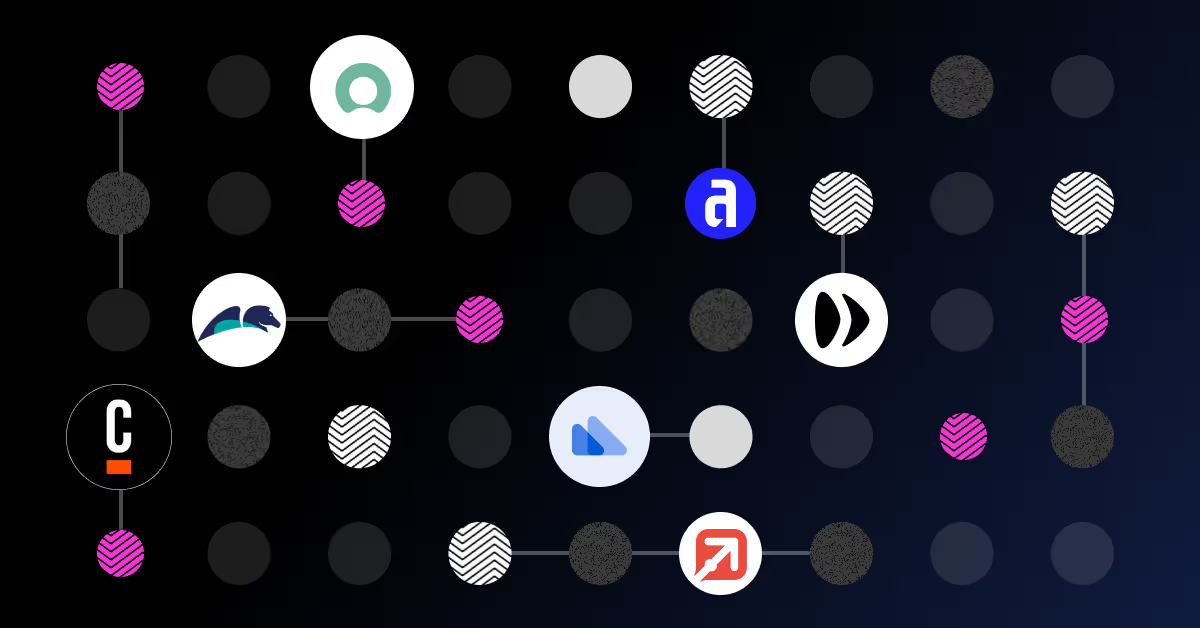The secret to running successful services? SLA adherence (2026)

Picture this. A client calls asking about their request, and you realise their 5-day SLA deadline passed yesterday without anyone noticing. Your team is scrambling to explain what happened. And somewhere in a maze of spreadsheets and email threads, the warning signs were there all along. You just couldn't see them.
This plays out in business service organisations every day. SLA adherence directly impacts client relationships, contract renewals, and revenue. Yet most businesses still manage it manually using tools that can't keep pace with modern service delivery.
The result? Breaches that damage trust, penalty clauses that eat into margins, and teams stuck in constant firefighting mode.
But there's a better way. Process orchestration platforms automate SLA tracking, provide real-time visibility, and prevent SLA breaches before they occur. Here's how.
The true cost of poor SLA adherence
Missing SLAs doesn’t just cost money. It erodes client trust, damages your reputation, and drains operational resources faster than most organisations realise.
First, there are penalty clauses. Miss an SLA and you're exposed to contractual penalties. While most clients won't bother with the paperwork for minor incidents, major disruptions can lead to costly claims (and even contract reviews).
The real financial damage lies in client churn. Most dissatisfied clients don’t ask for service credits. They simply leave. Frustrate them just once and you could lose them forever, with PwC research revealing that 32% of all customers would stop doing business with a brand they loved after just one bad experience. And since research by Bain & Company shows increasing customer retention rates by 5% increases profits by 25% to 95%, every missed SLA is a potential hit to both revenue and future growth.
Beyond the financials, missed SLAs create an operational drain. Every breach pulls resources away from delivering exceptional service and into reactive firefighting. Teams stuck in crisis mode can't build better systems, so the cycle repeats.
4 common SLA adherence challenges service businesses face

1. Lack of visibility means lack of control
When SLA data lives across emails, Slack messages, and disconnected spreadsheets, leaders can't see where work stands or which items are at risk. Without real-time visibility, resource allocation becomes guesswork instead of strategy.
2. Manual tracking is slow, error-prone, and unscalable
Tracking hundreds of SLAs manually means hours spent updating spreadsheets, calculating deadlines, and flagging at-risk items. By the time your team spots a potential breach, it's often too late to prevent it.
3. The SLA management tax
SLA management is a serious outlay, too. Teams lose hours tracking deadlines, coordinating across departments, sending client updates, and compiling compliance reports. This “SLA management tax” drains capacity that could be spent delivering value, not managing paperwork.
4. Cross-team handoffs are SLA death traps
Getting multiple teams with competing priorities on the same page is a major challenge. Sales might commit to timelines without realising delivery teams are at capacity. By the time anyone connects the dots, you're explaining an SLA breach to an unhappy client.
Why spreadsheets can't handle modern SLA management
Spreadsheets weren’t built for SLA management.
Teams spend hours updating cells, chasing status updates, and cross-checking dates across dozens of tabs. The kicker? This manual approach guarantees your SLA data is always out of date.
The challenge only gets worse when SLAs span multiple service lines, sites, or clients. Each has its own timelines, exclusions, and escalation paths. Some run on business days, others on calendar days. Trying to track all of this manually becomes a full-time job (and even then, things slip through).
Then there's human error. Complex SLA calculations involving business days, holiday exclusions, and client-specific rules are difficult to execute correctly every time. A missed adjustment here or a miscalculation there can leave you breaching SLAs without realising it.
How process orchestration can transform SLA management
Process orchestration transforms service level agreement management by automating the parts that humans can't reliably maintain at scale.
Here’s how it makes a difference:
Real-time SLA tracking
Every deliverable is automatically monitored against its SLA. The system knows when milestones get missed and deadlines are at risk.
Automated alerts and escalations
Orchestration automatically triggers alerts or reassigns tasks to available resources when an SLA approaches breach territory. Escalations happen in seconds, not hours.
Resource optimisation
Orchestration takes the guesswork out of who should do what, when. It automatically prioritises tasks based on SLA deadlines, client impact, and available capacity. The right work is always handled by the right team at the right time.
Intelligent document processing
Intelligent document processing (IDP) speeds up SLA management from the moment a request enters the system. It extracts the details so you can apply the relevant SLAs and quickly route the work to the right team.
Automated reporting and client communication
Orchestration captures SLA data automatically and shares it instantly. Your clients see exactly who’s working on each project and how long it’s going to take. That builds trust and frees your team from endless status update requests.
The result is a proactive, data-driven model for SLA management that prevents breaches before they occur and frees teams to focus on delivering value.
Achieving SLA excellence with Enate's process orchestration platform
Turning SLA adherence into a competitive advantage starts with visibility, automation, and control. And that's where Enate comes in.
Enate’s real-time SLA tracking monitors every deliverable, automatically accounting for different SLA types, client requirements, and milestone dependencies. That frees your team up from spending hours in spreadsheets and emails so they can spend that time on delivery instead.
Enate’s automated escalations and proactive alerts identify potential SLA breaches long before they become a problem. When a deadline is at risk of being missed, Enate alerts team leads, reassigns work, or escalates things to management based on rules you’ve set.
Enate’s intuitive dashboards also let clients, teams, and managers quickly get a clear picture of SLA performance. Leaders can use these dashboards to spot trends, flag risks, and optimise resources. That turns SLA management from reactive firefighting into strategic decision-making.
The results speak for themselves: Enate customers have improved SLA performance by up to 80%.
By automating the complex, repetitive, and error-prone aspects of SLA management, Enate enables service organisations to focus on what matters most: delivering consistent, high-quality deliverables that build client trust.
If your teams are still juggling spreadsheets and emails while firefighting missed deadlines, it’s time to modernise your approach.
Book a demo to see how Enate’s process orchestration platform can help you achieve SLA excellence consistently, confidently, and at scale.



